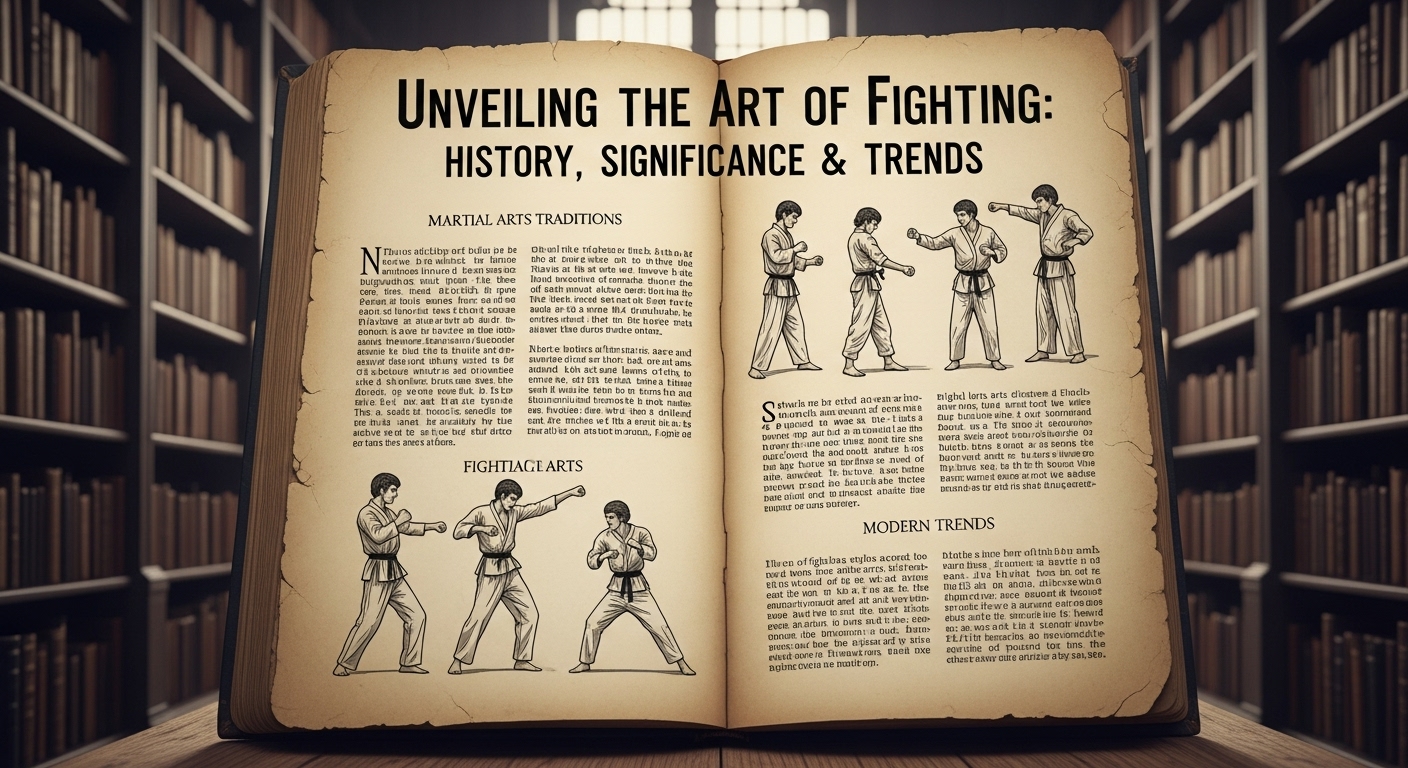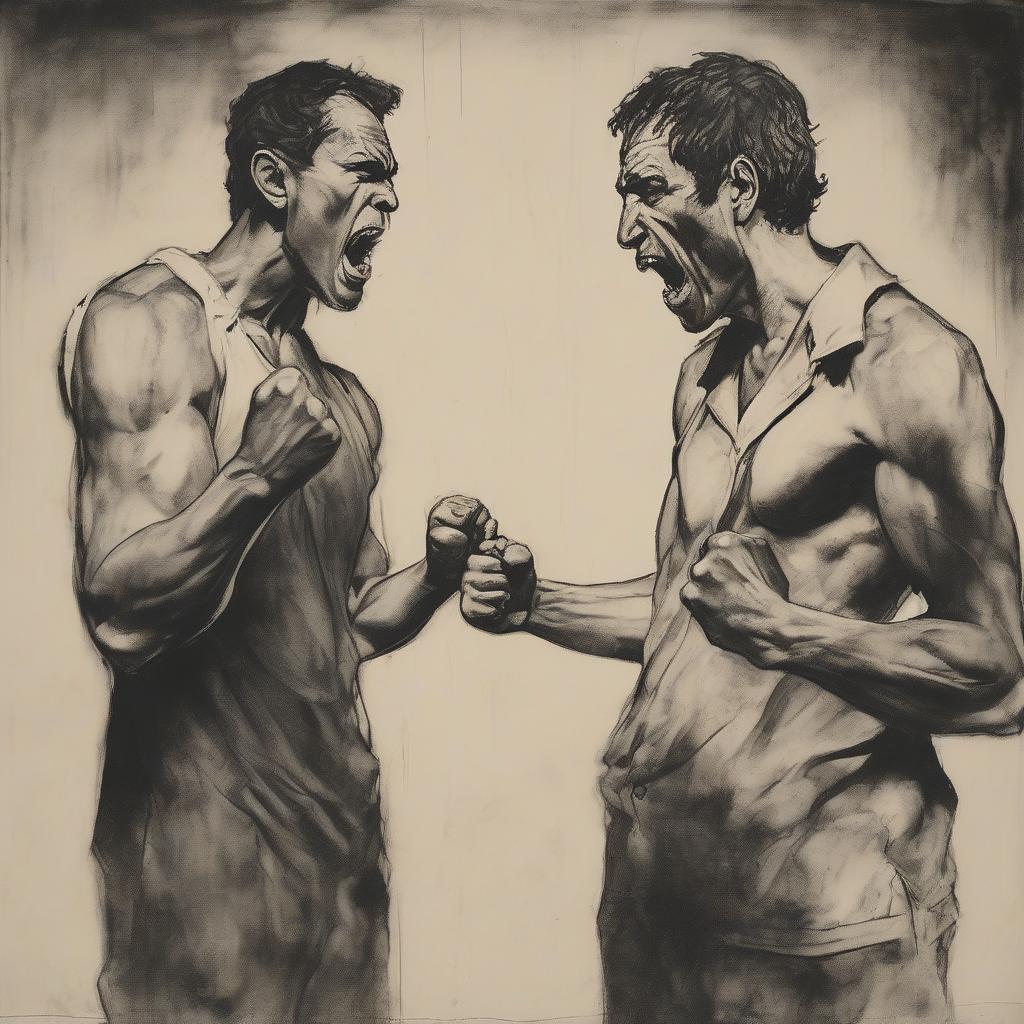**Exploring the Art of Fighting: A Comprehensive Look at Its History, Significance, Applications, and Future Trends**
**Introduction**
Fighting, in its various forms, has been a part of human history since time immemorial. From ancient gladiators to modern martial artists, the art of combat has evolved and diversified over the centuries. In this blog post, we will delve into the multifaceted world of fighting, exploring its rich history, significance in different cultures, practical applications, and future trends.
**A Brief History of Fighting**
The history of fighting is as old as humanity itself. From the earliest civilizations to the present day, various forms of combat have been practiced for a variety of reasons – self-defense, warfare, sport, and cultural tradition. Ancient civilizations such as the Greeks, Romans, and Egyptians all had their own unique styles of combat training and fighting techniques. The development of organized martial arts systems in Asia, such as Kung Fu, Karate, and Judo, further enriched the global tapestry of fighting disciplines.
**The Significance of Fighting**
Fighting holds significant cultural and historical importance in many societies around the world. In some cultures, martial arts are deeply rooted in tradition and are seen as a way to preserve heritage and honor ancestors. For others, combat sports serve as a form of entertainment and competition, drawing large audiences and generating revenue. Additionally, the practice of self-defense techniques empowers individuals and instills confidence, promoting physical fitness and mental well-being.
**Applications of Fighting**
The practical applications of fighting extend beyond the realm of self-defense and competition. Military and law enforcement personnel undergo rigorous combat training to protect and serve their communities. Martial arts training also offers valuable life skills such as discipline, focus, and resilience, which can be applied to various aspects of daily life. Furthermore, the principles of fighting – such as strategy, timing, and adaptability – have been integrated into fields like business, education, and personal development.
**Future Trends in Fighting**
As society continues to evolve, so too does the world of fighting. Advancements in technology have revolutionized training methods and equipment, allowing practitioners to enhance their skills and performance. Virtual reality simulations and wearable tech devices are being used to create immersive training experiences and track progress. Moreover, the growing popularity of mixed martial arts (MMA) has led to cross-training in multiple disciplines, blurring the lines between traditional and contemporary fighting styles.
**Conclusion**
In conclusion, fighting is a multifaceted art with a rich history, cultural significance, practical applications, and exciting future trends. Whether practiced for self-defense, sport, or personal development, the art of combat continues to captivate and inspire people of all ages and backgrounds. By exploring the diverse aspects of fighting, we gain a deeper appreciation for its enduring legacy and ongoing relevance in our modern world. As we look to the future, the evolution of fighting will undoubtedly shape new techniques, strategies, and opportunities for individuals to engage with this timeless pursuit.


